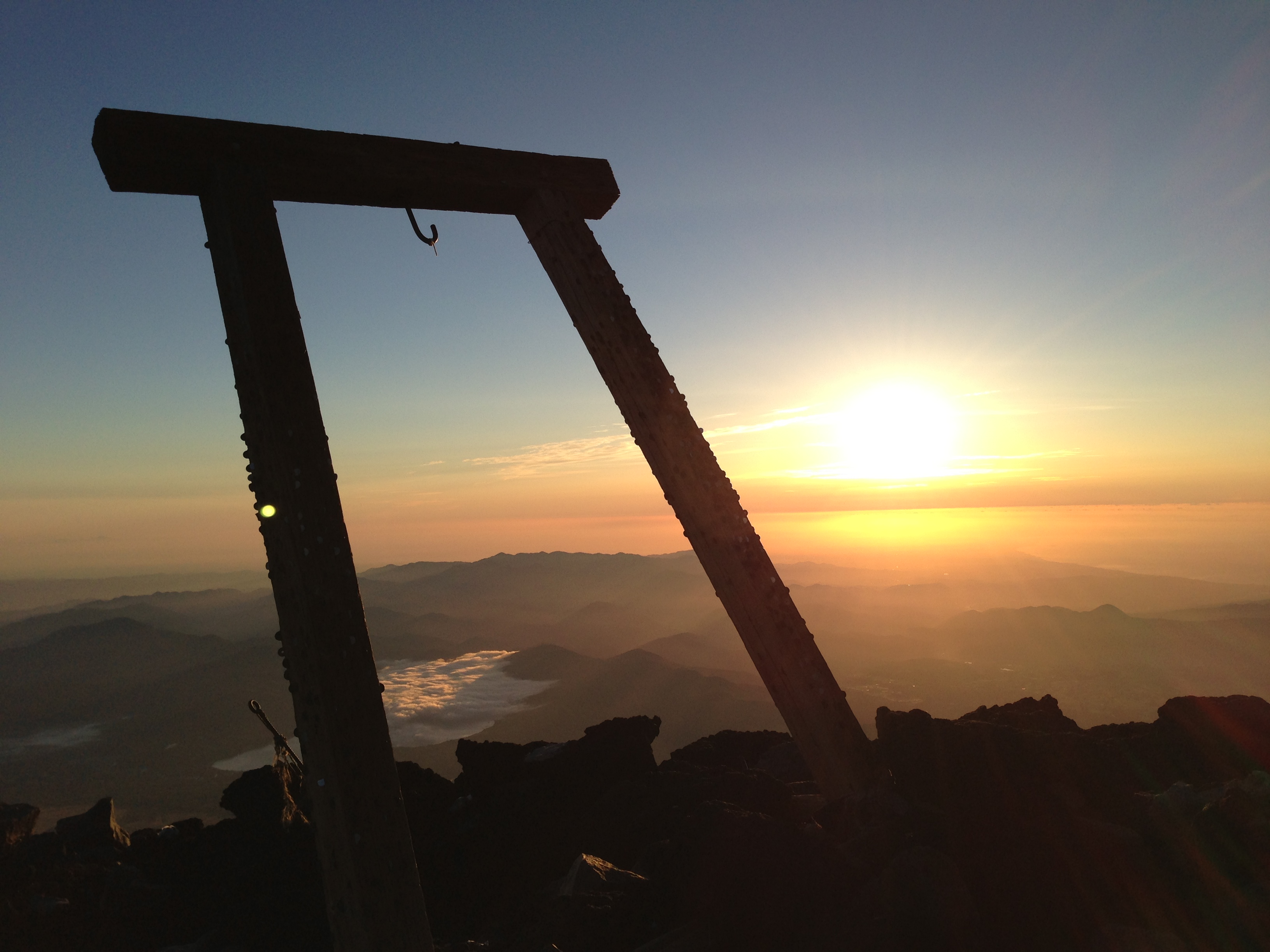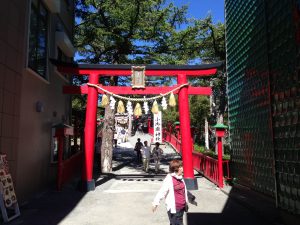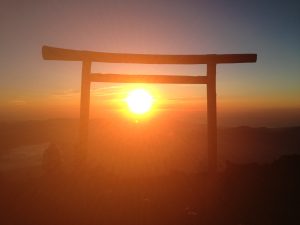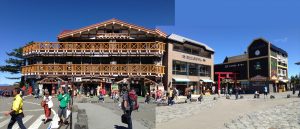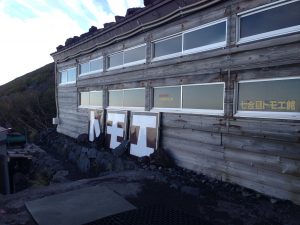Mount Fuji 2 Day Trip, Printable Guide
Rising 3,776 meters (12,388 feet) above sea level, Mount Fuji (富士山, Fujisan) is the tallest mountain in Japan and one of the most recognizable mountains in the world. It stands on the border between Yamanashi and Shizuoka Prefectures and can be seen from Tokyo, among other nearby cities and can also be seen as far away as Wakayama Prefecture, which is 458 kilometers (285 miles) away.
Mount Fuji is currently still considered an active volcano as its last eruption was in 1707. Thousands of years ago, while Mount Fuji was still very active, Sengen Shrines were built as a place to pray to the deity Princess Konohansakuya, the goddess of all volcanoes, to calm the mountain’s anger. Today around 1,300 Sengen Shrines exist, with the largest concentration near the Mount Fuji area.
Located on the main island of Honshu, Mount Fuji’s placement near the center of the country makes the mountain easily accessible by train or bus to many of Japan’s largest cities. Travelers can take a train to Shinjuku Station in Tokyo, and then transfer to a bus that takes passengers directly to the 5th station on Mount Fuji.
 Video: Top 5 Things to do Around Fuji
Video: Top 5 Things to do Around Fuji
Climbing Mount Fuji
Climbing Mount Fuji can make for lifelong memories. About 300,000 people climb Mount Fuji each year. The official climbing season begins in early July and lasts until around mid-September depending on conditions, though climbing season peaks around mid-August when several national holidays occur. There are 4 trail options that can be used to climb Mount Fuji, with the most popular, the Yoshida trail, accessible from the 5th station bus terminal nearly halfway up the mountain.
After arriving, spend some time exploring the 5th station area to adjust to the change in altitude. There are several gift shops, restaurants and sightseeing areas to enjoy. The weather on the mountain can change drastically from station to station, so wear multiple layers and pack a light backpack with some snacks, water, cash for restrooms and any additional food, drink or other items you want to pick up during your climb. Also, while Mt. Fuji’s gentle slopes make for relatively simple looking ascent, avoid altitude sickness by climbing slowly, staying hydrated and conserve energy by taking frequent breaks.
Reserve a spot in one of the mountain huts to take a rest for a few hours. The huts will provide dinner, a bunk to sleep in, and a breakfast bento to take up the mountain. Begin ascending from the 7th or 8th station huts at 11:00pm-2:00am depending on the season. Each station takes about one hour to climb. Make sure to check the time for the day’s sunrise, and plan to be there about an hour prior for the best views.
Starting point: Kawaguchi Lake Fifth Station
Time required: 6 hours for the ascent & 3 hours and 15 minutes for the descent.
For travelers who are looking for a greater challenge, YouTuber Andrew Marsden provided an account of his “sea to summit” climb. Hiking sea to summit involves starting one’s climb at sea level, and hiking to the summit of Mount Fuji. Andrew accomplished this in 27 hours, which seems relatively simple, though the climb is not for the faint at heart. One must blaze their own trail from the sea to one of the established climbing trails on Mount Fuji. Also, climbing and descending Mount Fuji in such a short period of time, elevates the risk of altitude sickness and exhaustion. Only experienced climbers should attempt such a feat.
